We are back with another article related to Automobile Technology. Today, we shall try to understand the types of sensors in a car along with their purpose. The aim of these articles is to explain the technical aspects of automobile technology and engineering in an easy-to-understand language so that the enthusiasts could get to know their vehicles and components better. If you are curious about such technologies, do head to the Automobile Technology Section of the Car Blog India website. We have a gallery of such interesting themes. So, without any further ado, let us get into this topic.
Also read: What are SOHC, DOHC, OHV – Advantages and Disadvantages!
Importance of electronics in a car
Modern vehicles have many times more electrical components at various parts compared to vehicles just a couple of decades ago. Slowly but surely, many mechanical components in a car are getting substituted or aided by some sort of electric components in some way. The research and development leads to new ways to achieve vehicle safety, comfort, convenience features and emission regulating techniques through the use of electronics. The main reason is the reduced dependence on human error and reflexes which could be inefficient at the critical times of an unfortunate mishap. The absolute essential component of the electronic architecture in a vehicle is a sensor. The sensor serves as eyes and ears to the cars detecting the real-time conditions and parameters. Let us take look at what are the main types of sensors found in your car and what is the purpose of these.
Also read: Front, Mid and Rear Engine Cars – Pros and Cons!
Knock Sensors
Knocking is an undesired phenomenon that is a typical characteristic of a petrol engine. In this, the air-fuel mixture inside the combustion cylinder ignites automatically before the flame from the spark plug could reach that mixture. This results in decreased effectiveness of the power stroke and the power delivery and overall performance of the car is affected negatively. If this continues for longer time periods, it could cause severe damage to the engine. To detect Knocking, the engines have knock sensors that tell us if the air-fuel mixture is getting ignited due to the spark plug or not. The knock sensor can intimate the driver so that timely action could be taken.
Also read: Main Components of a 4-stroke IC Engine – Pistons, Camshafts, Valves, Turbos & More!
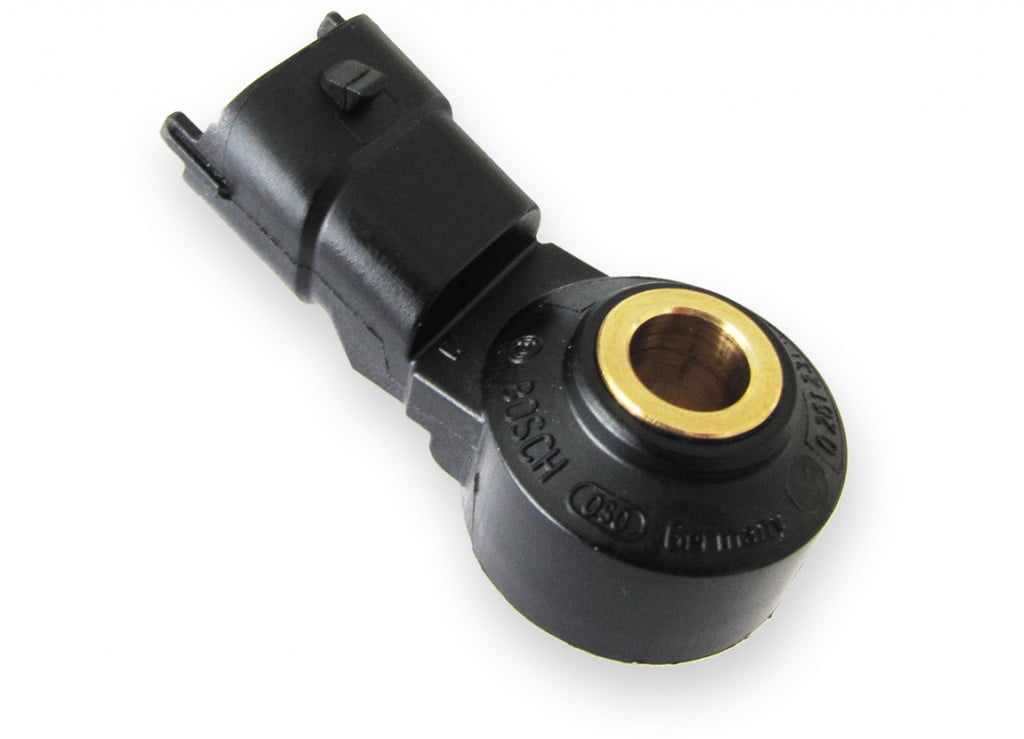
Air-Flow Sensors
Air is the most important part of the combustion process. Depending on the amount of air, more amount of fuel could be injected into the engine which results in more power output. Also, air controls the amount of tailpipe emissions caused by a car. Lastly, fuel economy is also related to the use of air inside the cylinder. Therefore, the air-flow measurement becomes of prime importance to control all the major parameters of a car. The Oxygen levels are measured by the air-flow sensor. The fuel injection is completely dependent on the amount of air that is available in the engine.
Also read: Working of Roots, Twin-Screw & Centrifugal Superchargers – Advantages of each!
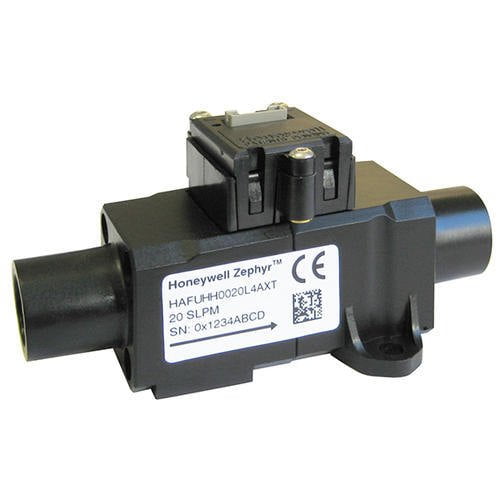
Speed Sensors
All the wheels of the car travel at different speeds especially around the corners and off-roading scenarios. To keep track of the speed of the wheels becomes necessary. The modern traction control systems make use of this data to respond to the various situations accordingly. For instance, if one wheel is rotating at a much higher speed than the others, it represents slippage or lack of traction in some form. Hence, this signal is sent to the ECU (Engine Control Unit) of the car and either brakes are applied to this wheel or the torque supply is stopped and redirected to the other wheels in 4×4 vehicles.
Also read: Working of Hydraulic, Electric, and Electrohydraulic Power Steerings!
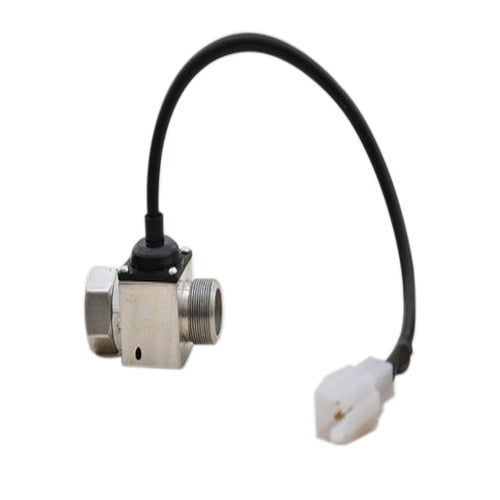
Parking Sensors
These sensors recognize the presence of an obstacle behind or in front of the vehicle and intimate the driver through noise alerts. Depending on the distance of the obstacle from the car, the blinking intensifies so that the driver can realize the actual distance when he must apply the brakes. In the case of luxury vehicles with autonomous emergency braking function, the car takes data that the obstacle has come too close and the driver has not applied the brakes yet. Hence, the car electronic interfere and apply the brakes for you to prevent the collision.
Also read: What is EGR (Exhaust Gas Recirculation) – Working and Advantages!
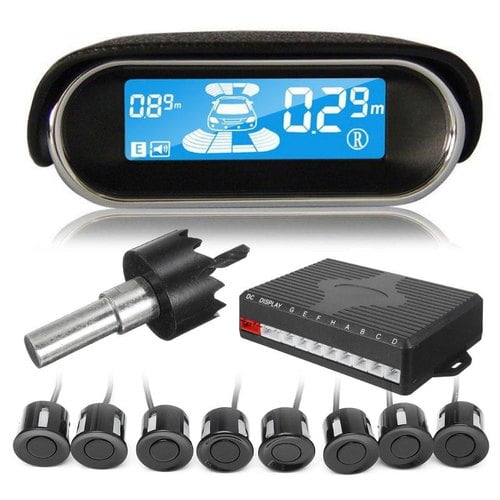
NOx Sensors
NOx refers to the Oxides of Nitrogen that are found in the emissions of the engines. There are serious laws regarding the NOx and other harmful gases levels that are allowed in every country and these regulations are becoming stricter day by day. Hence, there is a necessity to constantly keep monitoring the amount of NOx gases that your car is emitting. It will intimate the driver or the ECU can directly alter the air-fuel ratio to achieve the required NOx levels.
Also read: What is Air Suspension – Uses of Soft and Stiff Springs!
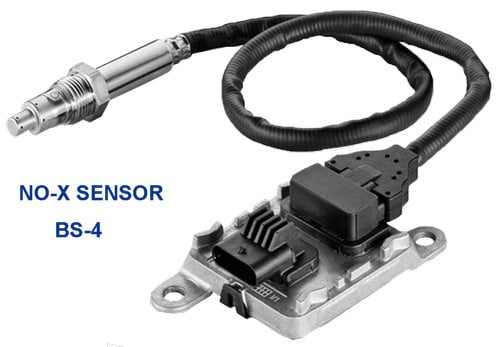
Temperature Sensors
Temperature is another important aspect of an engine. Thermal management can control a ton of parameters inside the engine as well. Also, overheating of the engine can cause serious component damage if not attended to timely. Hence, the temperatures at various places in the engine need to be monitored regularly. Also, that ensures the proper functioning of a car’s cooling system. It can also inform the driver if the coolant needs to be changed and similar things.
Also read: What are Intercoolers – Types and Functions!
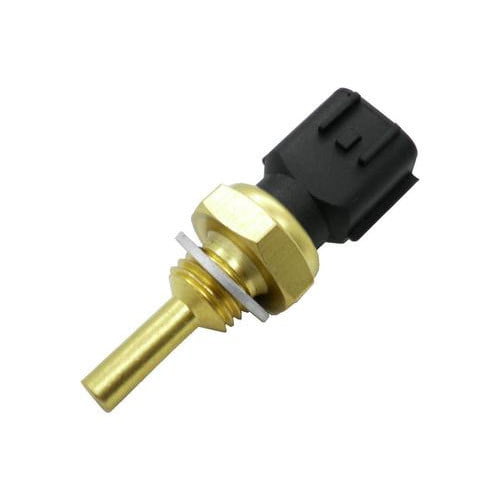
Camshaft Position Sensors
The purpose of the camshafts is to control the airflow into and out of the cylinder of the engine. Depending on where you find yourself in the combustion cycle, the valves need to be closed or opened to get in fresh air or send out burnt gases. There is a sensor for that which ensures the proper timings of these processes. If the timings are off, the power output of the car could be severely impacted or even worse, the cylinder might get damaged.
Also read: What are Catalytic Converters and how do they reduce emissions?
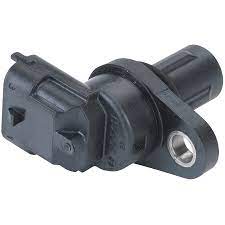
Crankshaft Position Sensors
Depending on the crankshaft position, the ECU of the car signals the exact time to inject fuel into the cylinder or activate the spark plug to ignite the air-fuel mixture. Again, if the timing is slightly off, the entire combustion process loses efficiency which might result in damaged components as well.
Also read: What are VVT (Variable Valve Timing) and VVL (Variable Valve Lift)?
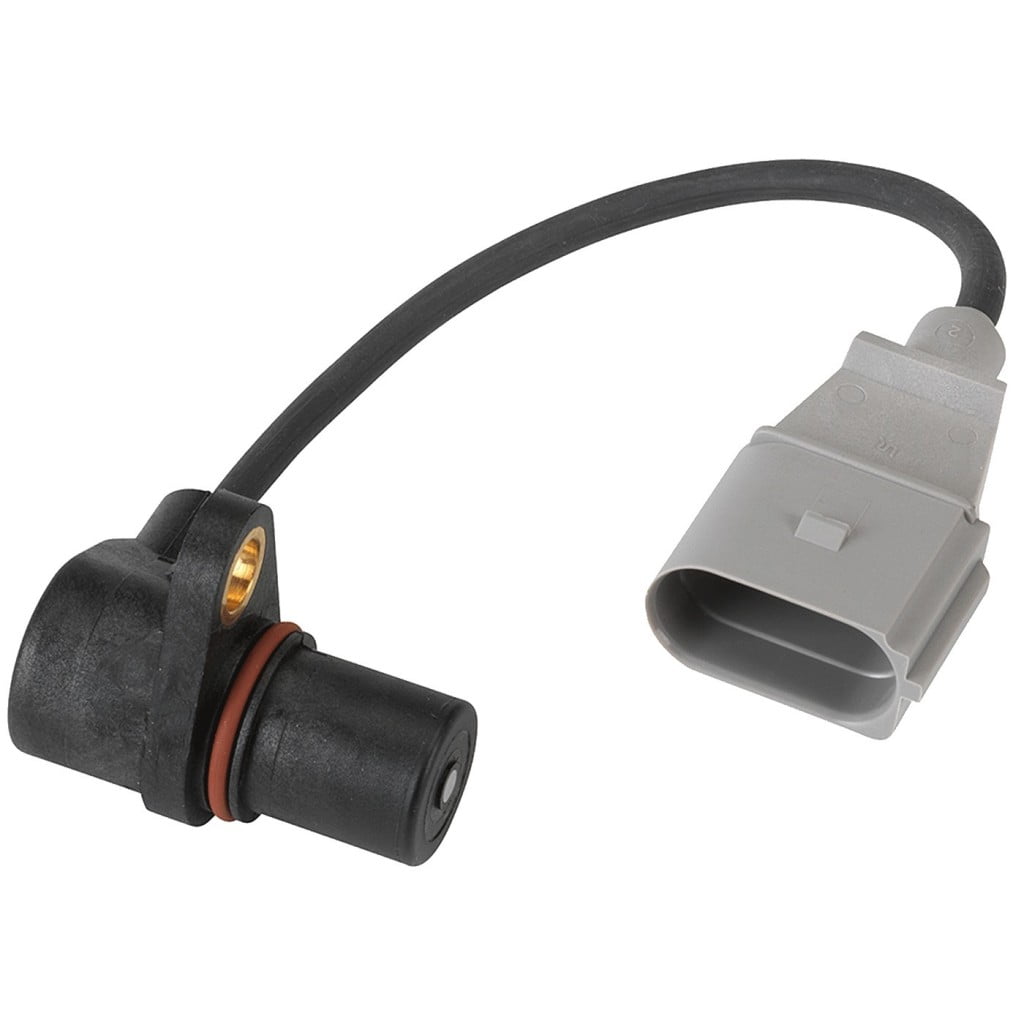
Image Source: Bosch Motorsport , India Mart , Bosch Auto Parts
The post Types Of Sensors In A Car – Knock, Air, Speed, Parking & More! appeared first on Car Blog India.
from Car Blog India https://bit.ly/3wSppQB
Comments
Post a Comment